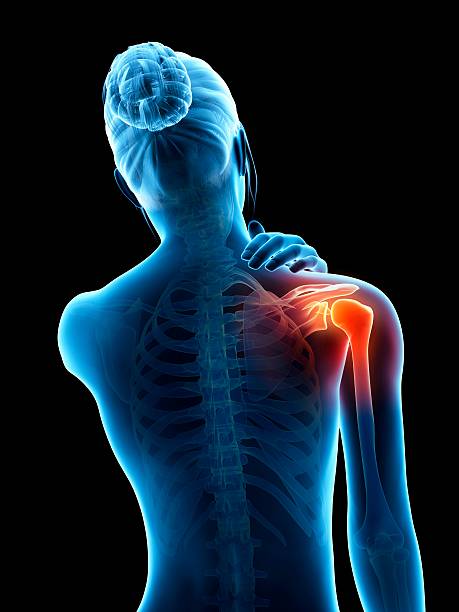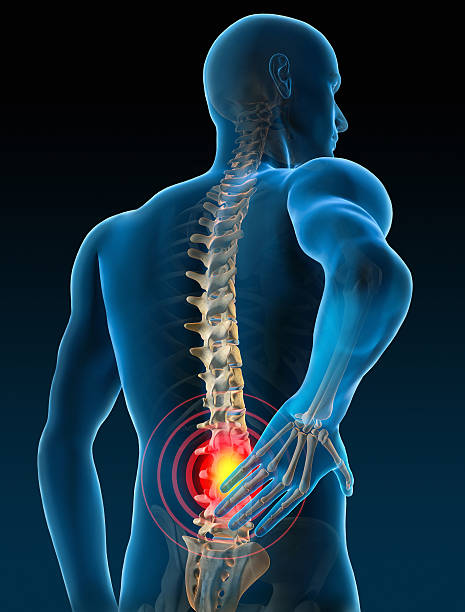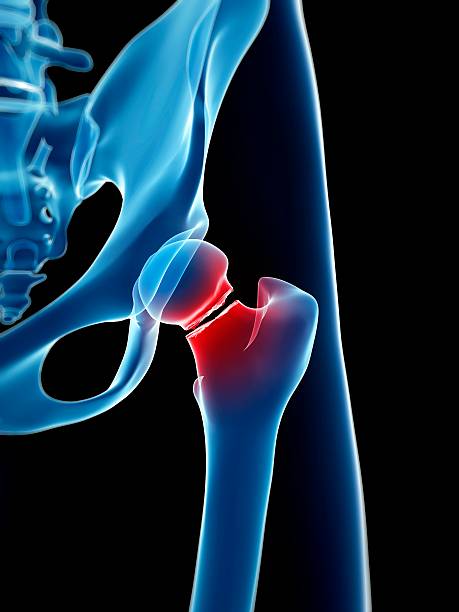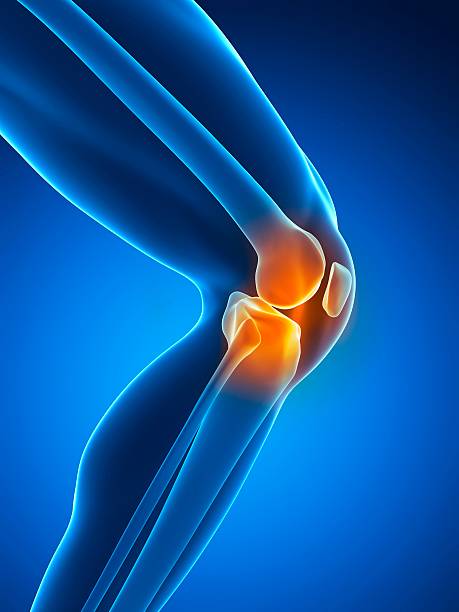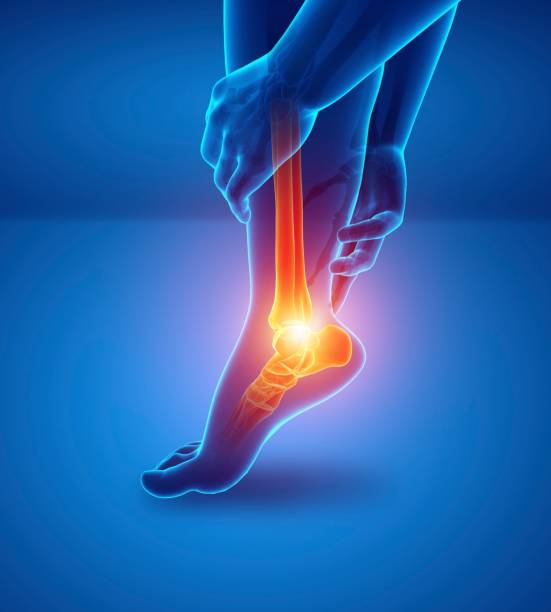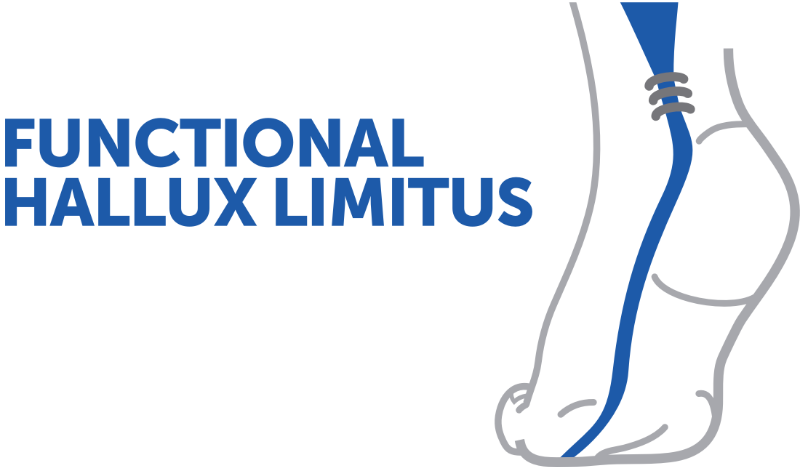Unicompartmental prosthesis: resurfacing without destroying
Dr. Vallotton compares two approaches to unicompartmental prosthesis: bone resection vs. resurfacing. He advocates the conservative approach to resurfacing, emphasizing bone preservation, ease of revision surgery, and durability for young patients.
Doctors
Topics
Treatments
Advice
- Dr Jacques Vallotton
- Comparison of resection prosthesis vs. resurfacing
- Benefits of Resurfacing
- Consequences for the recovery
- Choice of polyethylene
- Message from Dr. Vallotton
- Unicompartmental prosthesis
- Total prosthesis
- Resurfacing
- Resurfacing preserves bone
- Preserving the anatomy makes rework easier
- An insert can be changed easily
Information
Video type:
Anatomy:
Thematic:
Unicompartmental prosthesis: two operative philosophies
Unicompartmental prostheses (UNI) can be implanted using two approaches: bone resection, which involves cuts similar to a total prosthesis, or resurfacing, which sculpts the surfaces as at the dentist's to preserve the anatomy. The technical choice has major consequences on the preservation of bone capital and on possible future revisions.
The resection implant is more massive and requires significant cuts; conversely, resurfacing respects the bone thickness, including posteriorly where the cut remains minimal.
Preserve the bone to facilitate recovery
The anatomical preservation induced by resurfacing leaves plenty of room for secondary conversion to a total prosthesis, under conditions close to a primary intention. The need for grafts, compensating wedges or long stems becomes rare, because the bone stock has not been amputated by initial cuts.
During conversion, small tibial defects can be filled with bone pieces from standard tibial plateau resections, which simplifies reconstruction and limits prosthetic devices.
I don't see the point in destroying when we can rebuild.
Tibial components: polyethylene or metal-back
Two configurations dominate the tibia: the "all polyethylene", simple and effective, and the metal-back plate receiving a clip-on insert. In young patients, the possibility of replacing a worn insert constitutes a pragmatic advantage, provided that sufficient polyethylene thickness is respected.
Literature and experience converge on a minimum requirement of approximately 8 mm of useful polyethylene thickness for durability. Cementing (cemented or not) is discussed according to age, bone quality and future revision strategy.
Indications and limits of a conservative concept
Resurfacing is not a dogma but a philosophy centered on bone economy. It is used in patients with wear limited to one compartment, satisfactory ligament stability, and compatible alignment.
As with any UNI, the precision of preparations and positioning is crucial; a cutting error or excessive obliquity compromises the result, regardless of the family of implant considered.
Changing an insert is like changing brake pads.
Functional objective: rebuild without adding weight
The goal is not to "replace" but to restore satisfactory biomechanical function while respecting the anatomy. By avoiding destructive cuts, resurfacing leaves open future options and preserves the knee's native kinematics.
This approach is particularly suitable for active subjects in whom bone conservation and the simplicity of a possible revision are of prime importance.
In practice: a strategy that can be read over time
Choosing resurfacing when the indication is established means favoring a conservative, scalable, and repairable solution. Careful planning, technical mastery, and vigilance over the polyethylene thickness ensure the longevity of the implant.
If the disease progresses, conversion to total prosthesis is carried out under better conditions, with preserved bone capital.
Pathologies treated at the center
Hallux Limitus
Functional
Your pain has a cause.The balance sheet allows us to understand it.
- Gait analysis
- Posture Assessment
- Guidance on the right treatment
- Study of plantar supports and supports
- Detection of compensations
- Pain–movement correlation
The functional assessment allows us to understand how a joint or postural imbalance can trigger or perpetuate pain. Very often, imaging is normal, but movement is disturbed. By analyzing gait, weight-bearing patterns, or posture, we identify the weak links in the chain and guide targeted treatment adapted to the patient's actual mechanics.


